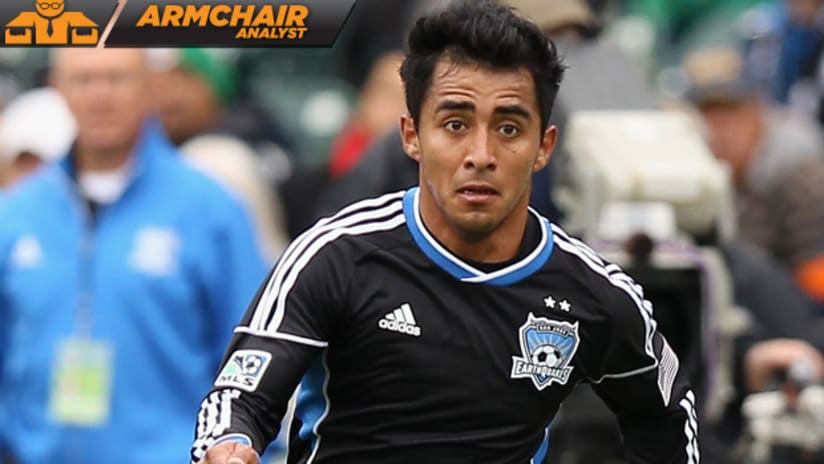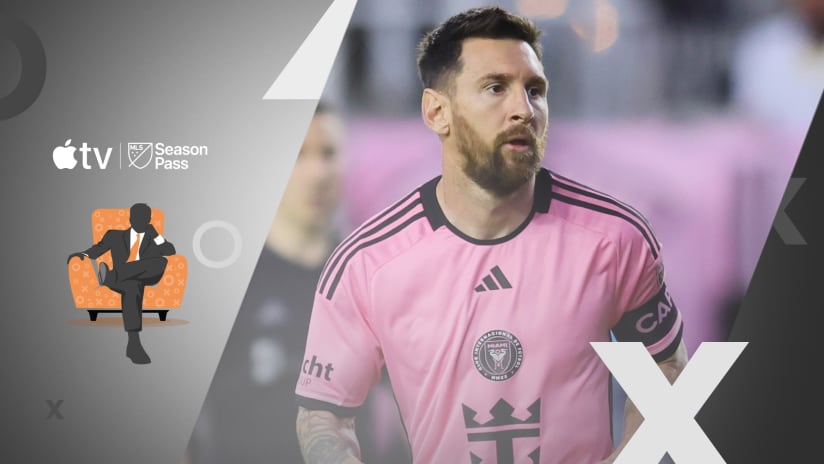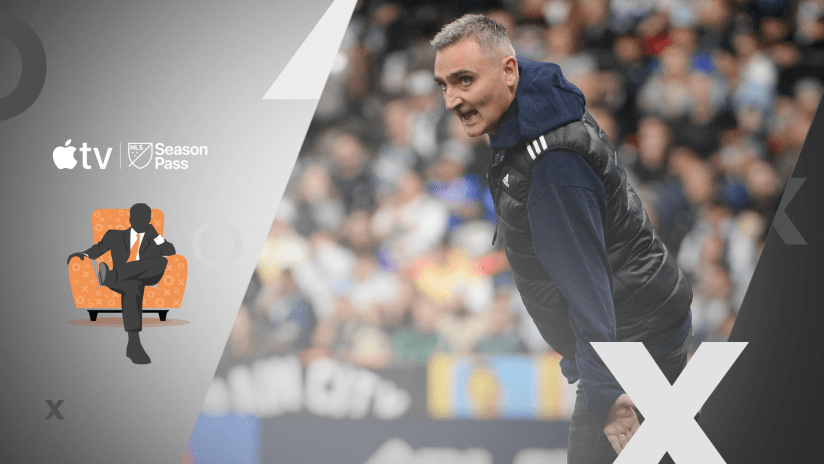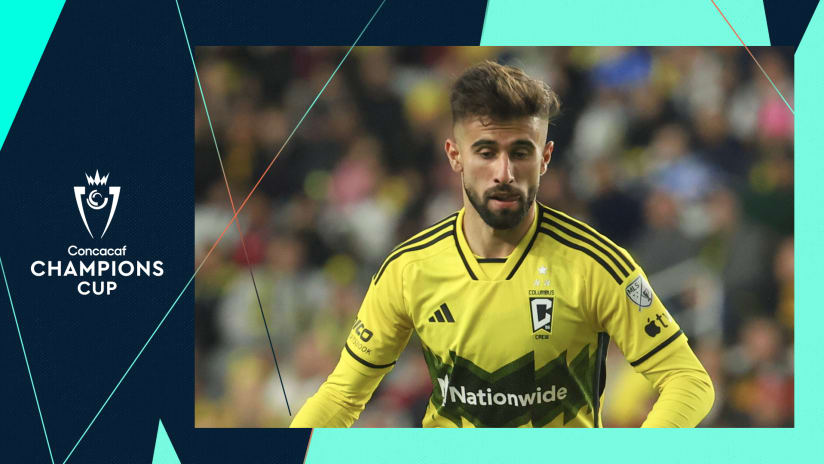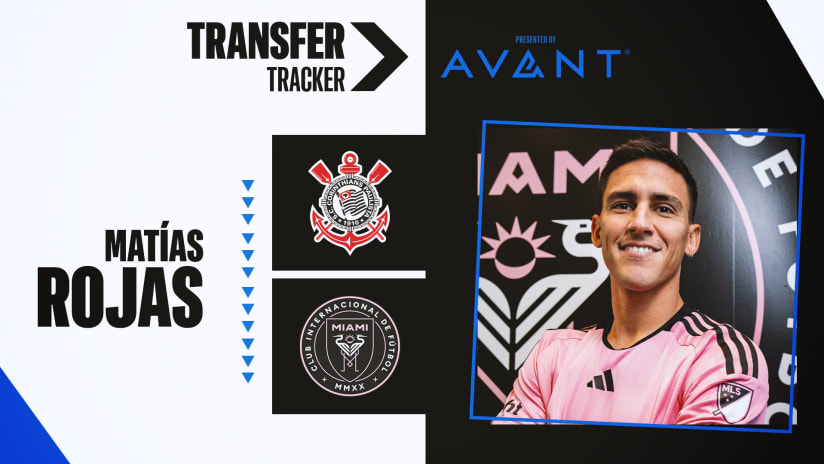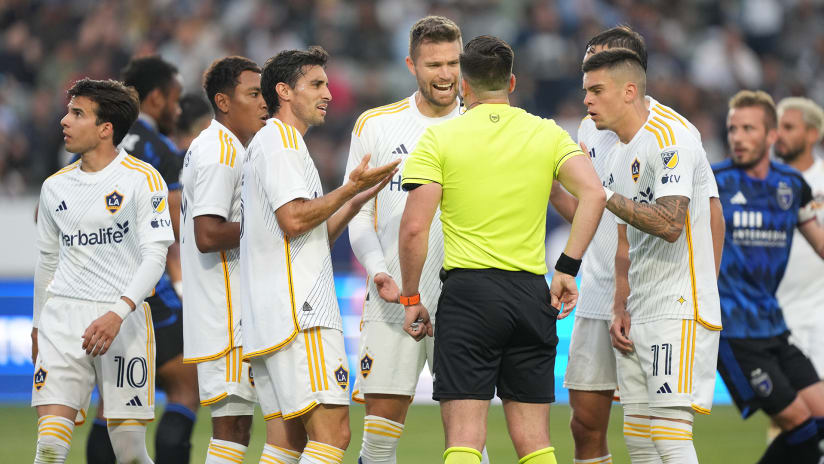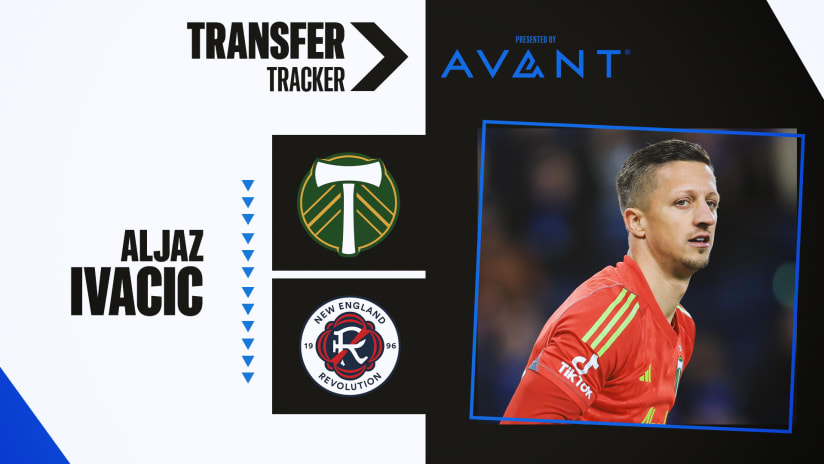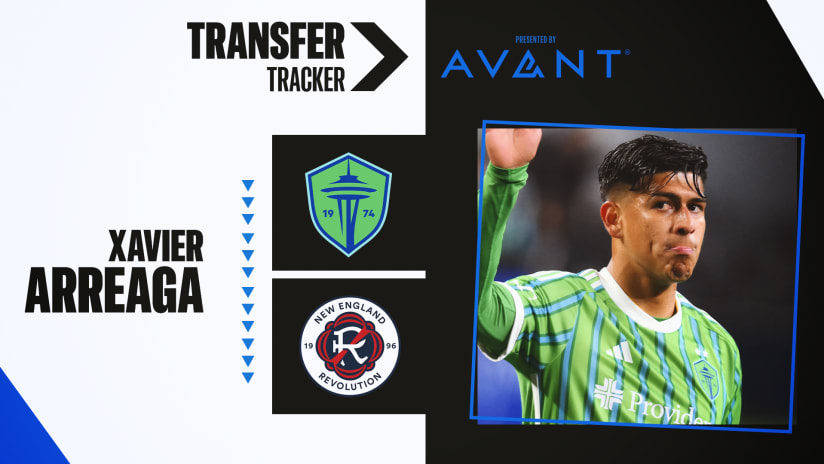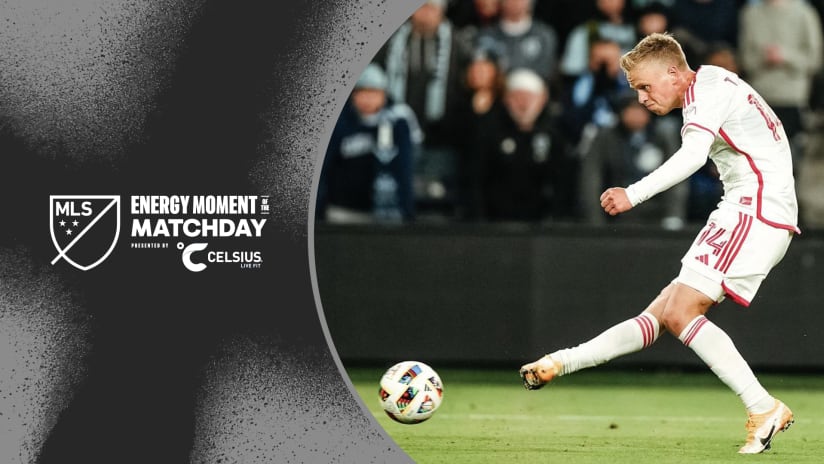Let’s not mince words: Mexico are absolutely the best in the region right now. They’ve won the last two Gold Cups, they won the U-17 World Cup, they advanced to the knockout rounds of the 2010 World Cup for the umpteenth time in a row and they own the CONCACAF Champions League.
They aim to win the next World Cup. They consider themselves to be amongst the favorites for Olympic gold this summer in London. And they've pumped tons of resources – on both the club and federation level – into getting there, trumpeting their "Golden Generation."
But they won't. For everything they’ve done right, Mexico are still very, very weak in central midfield. It was obvious even when they were destroying the US in the second half of last summer's Gold Cup finale, and it was obvious again during this spring's Olympic qualifying tournament. Mexico are winning by outscoring teams – a suicidal gambit outside of CONCACAF.
GOAL: Baca levels it for San Jose
For all the millions they've invested, Mexico haven’t managed to produce a central midfielder who can set the tempo, win the second ball, keep things moving and fill whatever gaps need filling. They’re either churning out Jesús Zavala types (big defensive midfielders who are more than happy to get stuck in but are mechanical in distribution) or Marco Fabián types (pure playmakers who play with minimal commitment to defense).
They've produced a generation of No. 6s and 10s, all specialists. There’s no No. 8, nobody to link the play.
Think Bastian Schweinsteiger of Bayern Munich, if you must contextualize it. He doesn’t do the spectacular things – he does the little things. And no, that’s not remotely a pejorative.
So I think that it's kind of a happy coincidence that the best Mexican No. 8 of his generation – this current Olympic generation – actually plays in MLS. And he's – gasp! – a product of the US collegiate system.
Rafael Baca, born in Michoacán, Mexico, in 1989, was undrafted out of Loyola Marymount, and in one short year has turned into San Jose’s Claudio Reyna. He does for the Quakes (and could do for Mexico) what Reyna did for the US national team for a dozen years, allowing them to mix and match in the midfield, play whatever style Frank Yallop wants, get out of trouble with the ball on his foot, and have a damn good chance at controlling the pace and tempo of the game along the way.
He gets the ball to his wingers early and often. He completes a very high percentage of passes. He's expert at showing off the ball. He doesn't make costly turnovers.
Mexico would be fools not to call him, especially since he's particularly gifted in two areas they lack: putting his foot on the ball to reverse the field of play and anticipating the second ball.
Among non-defensive midfielders, Baca is second only to Roger Espinoza in recoveries per 90 minutes. Call it a “nose for the ball” if you want, but however you describe it, it was pretty clear nobody in the Mexican U-23 side – save possibly for Pachuca’s Héctor Herrera – had anything approaching Baca’s talent in that area. And none of them – Herrera included – have Baca’s ability to play comfortably all over the midfield, distributing early and accurately to all those speedy, dangerous attackers.
There’s a reason the US U-23s bossed Mexico in that 2-0 friendly win back in February. The Yanks were first to every second ball, and when gaps did present themselves in Caleb Porter’s midfield, Mexico were incredibly slow to exploit them. It was the same way for Mexico in qualifiers, which they won by virtue of having superior defenders and forwards, largely skipping the midfield entirely.
With Baca in the mix, it wouldn't have played out like that.
Below on the left is the Opta Chalkboard of Baca’s recoveries against Vancouver earlier in April. To the right is the chalkboard of his completed passes against New York a week later.
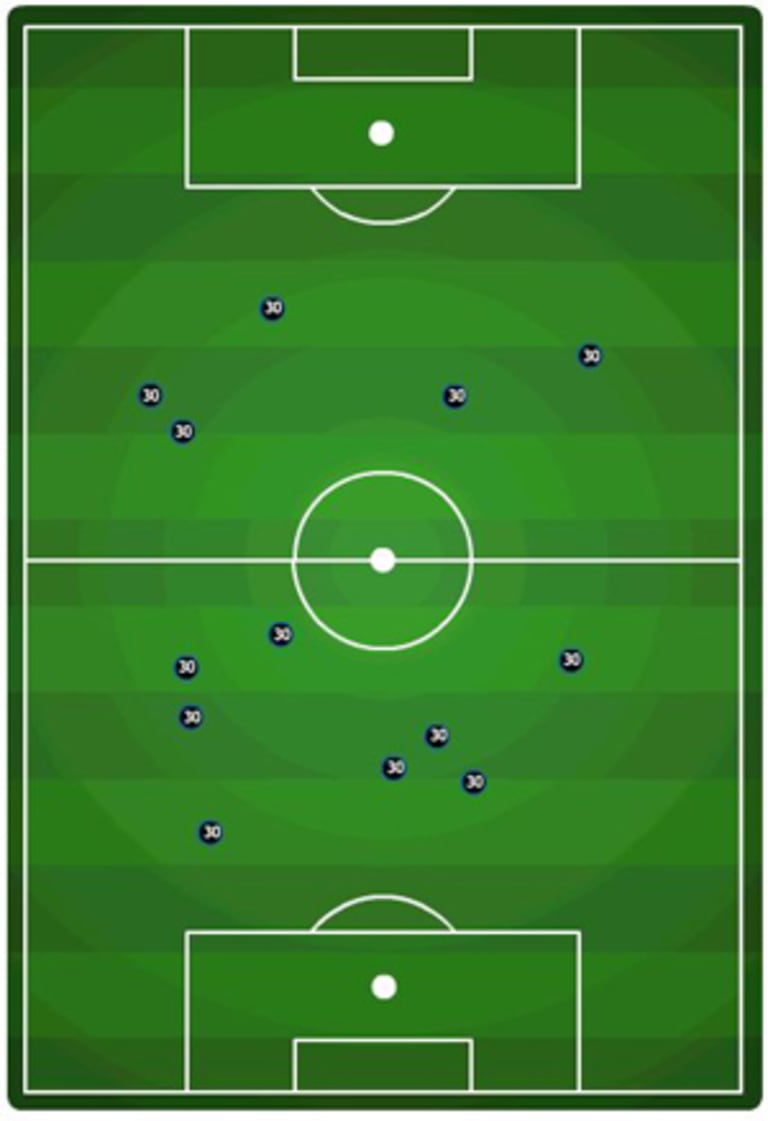

Combined they effectively illustrate the point here. Baca won second balls from touchline to touchline, evenly distributed throughout the four midfield quadrants. That’s Espinoza-like range combined with Juninho-like discipline.
Against the Red Bulls, look at the number of passes Baca completed into central attacking areas – soccer’s “Red Zone,” if you will, just between the opposition’s central defense and central midfield.
That’s exactly where New York are weakest. Baca went to work on them there and helped give the Red Bulls “a lesson in football,” in the words of Thierry Henry.
Then there's this: Last weekend, with the Quakes up two men and pushing desperately for the go-ahead goal against an incredibly stubborn RSL team, Baca got loose down the right-hand side.
He's not a natural winger. He's got quickness but not outright pace, and isn’t a great one-on-one player. But his technique with either foot is nearly perfect, and his brain is even better.
So when he played back to Tressor Moreno and took off, got to the top of the box and trapped the return-ball, I knew exactly what was going to happen. Not because Baca is predictable, but because he's so fundamentally sound. He makes the right play almost every time.
Baca forces huge save from Rimando
In this case, the right play was stopping both himself and the ball dead, leaving himself in perfect shooting position with the ball on his off (left) foot, and having a go.
Baca didn’t tie himself in knots trying to drag the ball back to his right foot. He didn’t throw an extra move on Tony Beltran, who was rapidly recovering to close down the chance. He just trusted his technique and let rip for the upper 90. It was textbook.
Nick Rimando made a hell of a save on it, and kept the Quakes off the board for another 17 minutes before eventually giving way. But that play encapsulated what Baca is about on the pitch, and tells a big part of metaphrastic effect he’s had on this San Jose team.
That’s what the Quakes needed to help put a terrible 2011 in the rearview.
And it’s what Mexico need, too. They have enough playmakers, enough goalscorers, enough defensive midfielders and wingers. They've invested millions to create this Golden Generation.
Now they need just one more piece, a guy to do the little things. Even if it is a guy who plays in MLS, who spent years in college ball, who wasn't on anyone's radar a year ago.
In Baca, that's what they have. The only question is whether they’ll let themselves see it.
Matthew Doyle writes the Armchair Analyst column for MLSsoccer.com.

